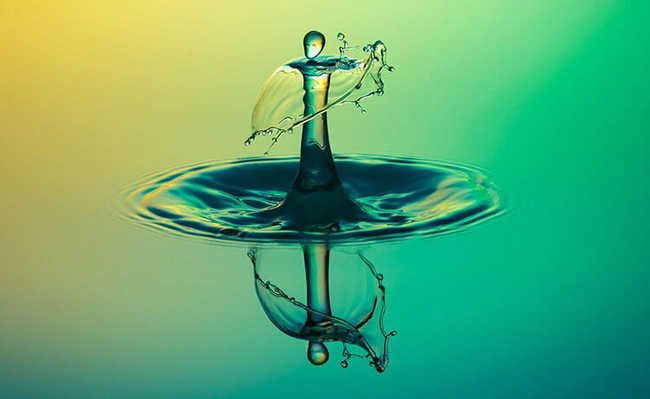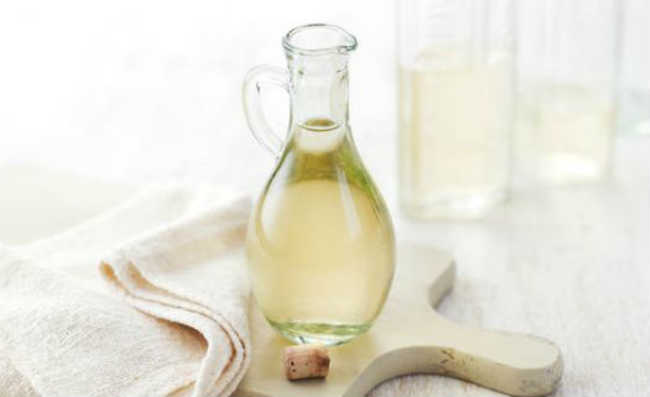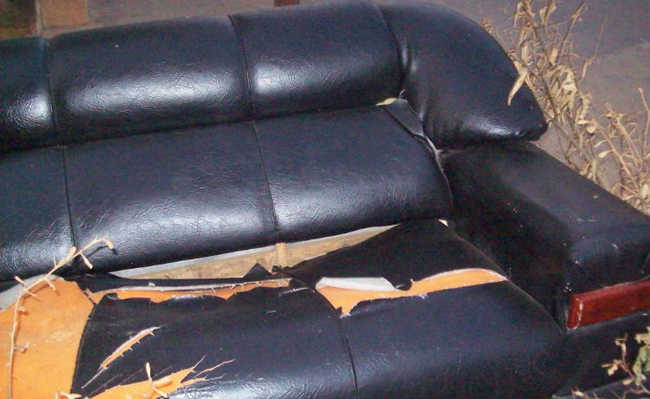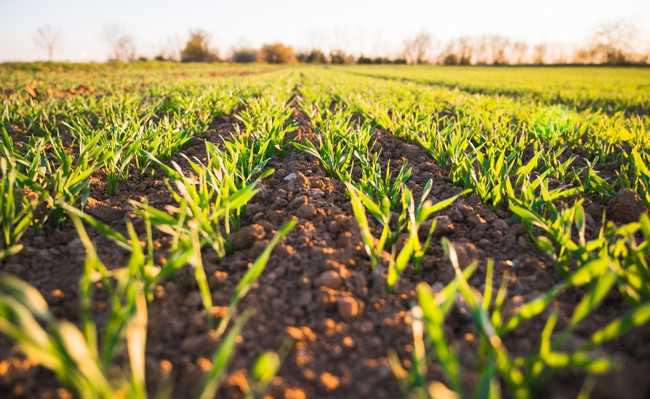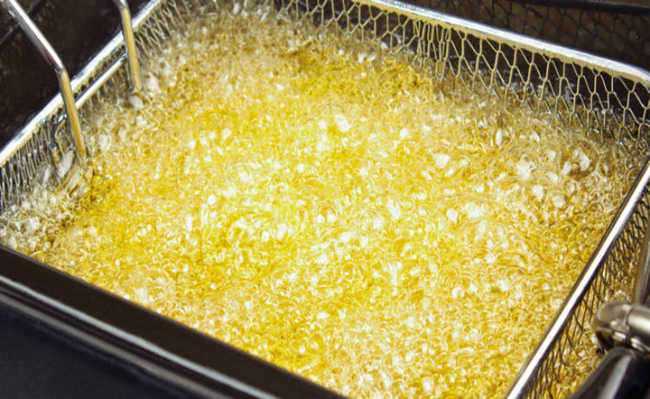What is Low Poo shampoo?
"No and low poo" techniques use shampoo with light sulfates or without this substance

Edited and resized image by Oleg Magni is available on Pexels
O Low Poo shampoo is a version of shampoo with less sulfate than the shampoos conventional, being less aggressive to the hair (especially the frizzy, curly, curled and curly) and to the skin.
- Discover the list of prohibited sulfates for those who want to treat their hair with the No and Low Poo techniques
- Sodium lauryl sulfate: what is it anyway?
- Traditional shampoo components can cause environmental and health problems
While the Low Poo shampoo has less sulfates than the conventional shampoo, the version No Pow does not have any amount of this substance. Therefore, the English terms "no<" (without) and "low" (little) refer to little or no amount of sulfates.
the beginning of everything
This technique came up with a woman named Lorraine who never understood why fate made her, of all seven siblings, the one chosen to have curly hair while the others ran the straight tresses around the house. At her friends' sleepovers, she'd go to bed with curlers in her hair and once asked her mother for a straight-haired wig and a straw skirt for her birthday to pretend she was a Polynesian dancer. It's no surprise to say that when Lorraine grew up, she became a hairdresser.
The trajectory of Lorraine Massey, creator of the exclusive brand for curly hair Must Curl and creator of concepts In the Well< and Low Poo , started with this love-hate relationship with her hair; you had to straighten your head first before trying to straighten your hair. Upon hearing from a suitor that her hair was "looking like a baboon's back," she stopped short. That was the last straw that wet the last brush on your head.
After opening a specialized salon and writing a book on the subject, Curly Girl: the Handbook" ("Girl Curly: the manual", in free translation), created, with his partner Denis da Silva (yes, Brazilian), the product line in the well and Low Poo .
How it works
Straight hair has the characteristic of having the oiliness of the scalp distributed to the ends, for this reason they do not dry out much or have the famous goose bumps (frizz) of hair with curls. The spiral or ringed shape of these hairs creates a greater distance for the oil to travel until reaching the tip. The cosmetic industry uses a highly cleansing agent, called aggressive sulfate (such as sodium lauryl sulfate), because when washing hair, for most people, a lot of foam is synonymous with cleaning. In fact, they clean up everyday impurities, at the However, they also remove the hair's natural protection, which can have two consequences: for those who already have guaranteed oiliness, the body understands it as "lack" and starts to produce even more (the so-called rebound effect); and for those who lack it, such as individuals with curly hair, the consequence is unusual dryness, which deforms the curls.
- Coconut oil on hair: benefits and how to use
But then, don't you just apply conditioner on your hair and everything is fine?
It would even be if the creams used didn't have petroleum derivatives. These petrolatums are cheap raw material for the products and, apparently, they confer shine and silkiness to the hair, but, as they are artificial, they cover the thread with a waterproof film. As the strand is covered, no substance that treats the hair can penetrate the inner microscopic layers that make it up, and the dryness that sulfate causes is not repaired.
in the well and Low Poo these are techniques in which aggressive sulphates are not used, only lighter sulphates and other cleaning agents that remove impurities, but do not affect the good oiliness, full of nutrients and natural to the scalp. Another basic premise of the technique is that it avoids the use of petrolatum present in creams and conditioners, leaving the hair free so that vital agents can act deeply, such as ceramides, keratin, moisturizers, among others, giving a shine that comes from the health of the locks . All types of hair have positive results on treatment - the oily ones (and also those that suffer from dandruff) interrupt the rebound effect of shampoo aggressive, and the dry ones start to retain the hydration that was interrupted.
The nomenclature " well " comes from "shampoo". "At the" means "no" and "low" means "little". Translated, the meaning would be something like "no shampoo" and "little shampoo". Here in Brazil, the names refer to the low amount of detergent used, however, in other parts of the world, the method means a no or little shampoo routine, literally.
If you choose to join in the well, will not use pure shampoo in the wash (already the Low Poo uses), nor water-insoluble silicones. What do you mean, never wash your head again? No, on the contrary, try to preserve the lightness of the threads. One of the main cleaning agents of the method in the well it is called Coco-amidopropyl Betaine (present in some shampoos, but can be purchased separately as "Amphoter Betain"), as well as baking soda and lemon, which are homemade items. As silicones that impregnate are not used at the wire, only those that come out with water, there is no accumulation or excessive dirt. So instead of shampoo, in the washes a light composition conditioner is used with a small proportion of shampoo or amphoteric (a surfactant) mentioned above, to clean and foam. The name of this process is co-wash, from English conditioner washing or "conditioning wash", which cleans and moisturizes at the same time. There is also the option of not using the amphoteric: the conditioner itself may have cleaning agents such as mint, mint or cinnamon. These ingredients can be manually added to the product bottle.
- Discover the list of prohibited sulfates for those who want to treat their hair with the No Poo and Low Poo techniques
Health and the environment

Edited and resized image from Eye for Ebony is available on Unsplash
Using petroleum-derived substances on the hair, in addition to not actually hydrating the hair (since it only creates waterproofing on the hair, as already mentioned), it can have bad consequences for human health and the environment.
Some of the items mentioned are considered potentially carcinogenic by the International Agency for Research on Cancer (IARC). Running them through your head every day might not be a good idea. Learn more about them in the article: "What is petrolatum?".
Not to mention that some of these substances have a detergent function. As shampoo and conditioner are poured into rivers and water bodies after traveling through sewage pipes, they cause eutrophication (increase of organic matter on the surface), which prevents the passage of sunlight in such places, which greatly harms the fauna and all aquatic biodiversity.
Okay, so how do you put one of these techniques into practice?
First, remember the terms repeated here: sulphates and petrolatum. It is necessary to read product labels and not use these substances. If you intend to continue with the treatment, know that it is very likely that your hair has petrolatum in the strands, so it is necessary to wash one last time with an aggressive sulfate shampoo, as it is the only one capable of cleaning this compound, so that you can start using it. of the permitted products.
The complete list with the list of all relevant compounds, compiled thanks to technical experts Low Poo and in the well dedicated to disseminating this knowledge for the benefit of as many people as possible is found here.
Don't be surprised if, in the beginning, the appearance of your hair gets worse, this is the real condition it was in, but that the silicone disguised with that waterproof shine, however, with the right care, it will renew itself. The use of 100% pure vegetable oils is also very beneficial and you can find them in eCycle store.



